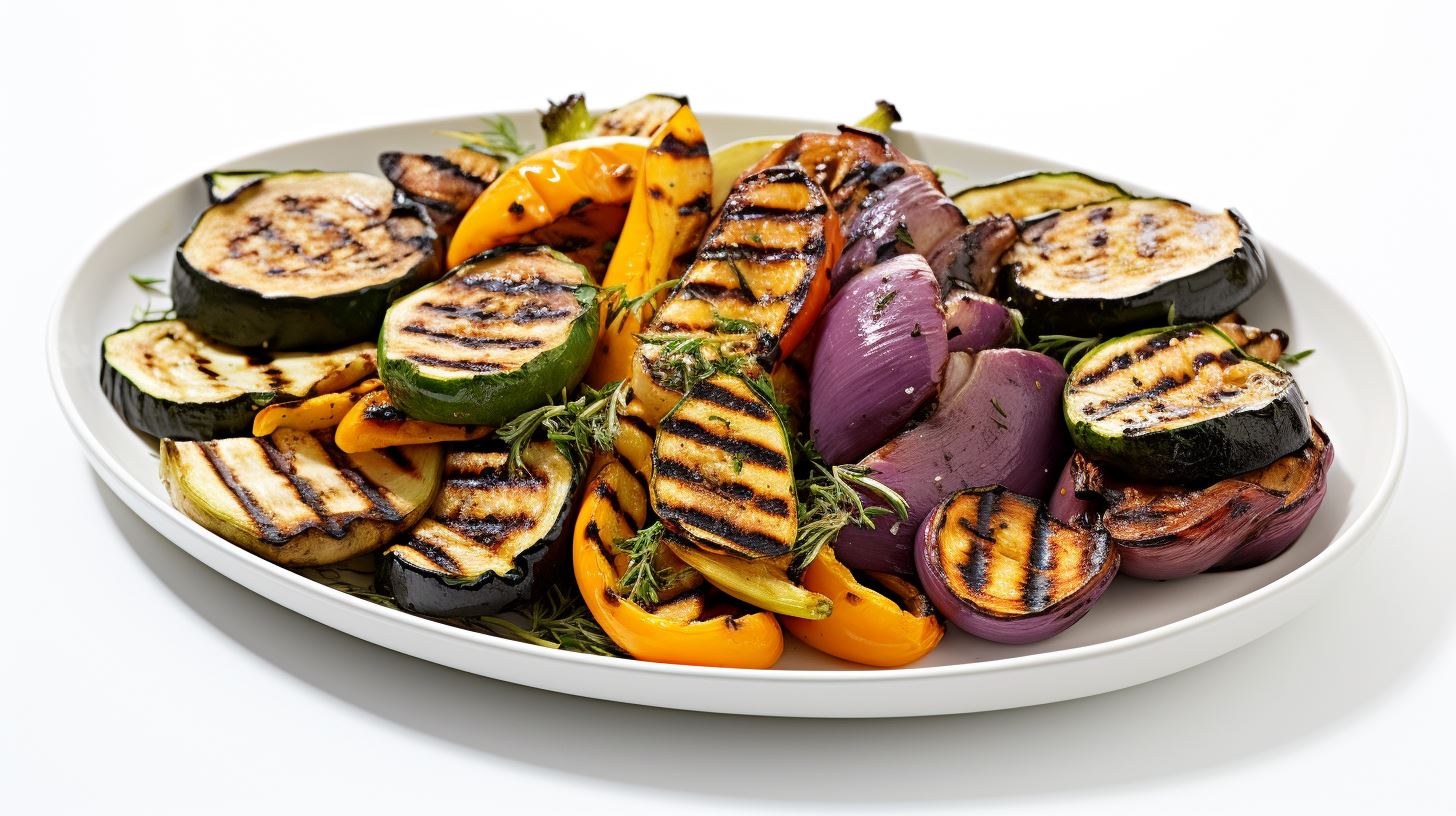
Healthy eating: How to integrate sustainable foods into your kitchen
Welcome to an exciting adventure in your kitchen! Nowadays it is more important than ever to be conscious of our nutritional choices and to integrate sustainable foods into our everyday lives. Not just for our own health, but also for the health of our planet. In this article you will learn practical tips on how to bring sustainable food into your kitchen without sacrificing enjoyment and variety. Wildspark accompanies you on this path to a healthy and environmentally conscious diet.

Discover local treasures: prefer regional products
The first step towards a sustainable diet is choosing regional foods. They often have a shorter transport distance, which reduces the carbon footprint. By buying local products, you also support your local community and promote local agriculture. This helps maintain jobs and strengthens economic stability in your region. Additionally, fresh, local foods are often richer in nutrients because they take less time to get from the farm to your plate. There are now platforms that also show you your local farm shops in your area.

Choose organic quality: healthy for you and the environment
Organically grown food is not only free from harmful pesticides and chemicals, but also supports sustainable farming practices. Choose products with the organic seal to promote your health and the health of the environment. By buying organic food, you are helping to reduce the use of chemicals in agriculture and protecting biodiversity. Organic farmers often rely on environmentally friendly practices such as crop rotation and natural fertilizers that preserve the soil and the environment.

Vegetarian and vegan options: variety on the plate
A plant-based diet is a great way to incorporate sustainable foods into your cooking. By avoiding animal products, you significantly reduce your ecological footprint, as meat production is often associated with high water consumption and greenhouse gas emissions. Experiment with delicious vegetarian and vegan recipes that are rich in nutrients and environmentally friendly. You'll be amazed at how creative and tasty plant-based dishes can be.

Enjoy seasonal diversity: in harmony with nature
Choose foods grown in the current season. These are not only tastier, but also conserve resources as they do not require complex storage conditions. By purchasing seasonal products, you support agricultural cycles and promote natural cultivation. In addition, seasonal foods are often cheaper because oversupply lowers the price. This benefits you and allows you to enjoy fresh and high quality ingredients at an affordable price.

Avoid food waste: use leftovers creatively
Don't throw away food! Use leftover ingredients and leftovers to create delicious dishes. This not only reduces waste, but also saves money. You can use leftover vegetables and meat to make soups or stews, blend overripe fruit into smoothies, or use yesterday's bread to make delicious croutons. This approach not only helps reduce food waste, but also encourages your creativity in the kitchen.

Conclusion: A conscious diet for you and the planet
With these tips you can seamlessly integrate sustainable food into your kitchen. Wildspark supports you in making conscious decisions that benefit your health and the environment. A sustainable diet is not only good for you, but also contributes to a healthy future for our planet. Let's work together for a more sustainable world!




Leave a comment
This site is protected by hCaptcha and the hCaptcha Privacy Policy and Terms of Service apply.